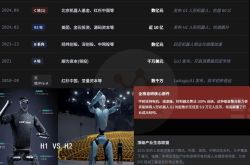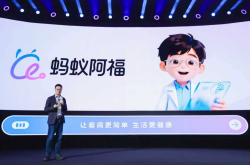Luo Yonghao's Online Feuds Fuel Speculation on Product Launch! Thin Red Line's AI Hardware, Backed by $50 Million, Set to Debut
![]() 09/17 2025
09/17 2025
![]() 529
529
Lately, Luo Yonghao has been a whirlwind of online activity. He kicked things off by renaming his Weibo account to 'Luo Yonghao at a Crossroads' and launching a deep-dive video podcast under the same moniker. The inaugural episode of 'Dialogue with Li Xiang' was a resounding success, racking up over 21 million minutes of viewing time. Not stopping there, Luo also became the face of an instant noodle brand and recently found himself in a public tiff with Xibei, capturing widespread social attention.
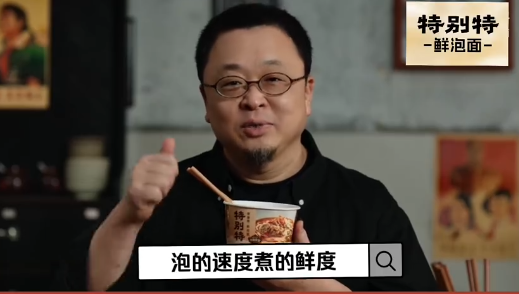
Amidst his online escapades, Luo Yonghao is also making waves in the AI smart hardware sector. While many entrepreneurs struggle to manage a single tech startup, Luo effortlessly juggles multiple roles—live streaming, endorsements, stand-up comedy, feuds, debt repayment, entrepreneurship, and product management. Each of these endeavors would typically demand the full attention of an ordinary individual, yet Luo handles them with apparent ease, multitasking like a seasoned pro in time management.
Given his prominence in the smart hardware industry, we couldn't help but inquire about the current state of Thin Red Line. Let's take a closer look at the company's development timeline.
On the night of June 12, 2022, Luo Yonghao announced via Weibo that he would officially step away from social media to 'dedicate himself to entrepreneurship once again.' He then formally established Thin Red Line, considering it his 'final entrepreneurial venture.' In November 2022, Thin Red Line secured an angel round funding of approximately $50 million, with a post-investment valuation of around $200 million. The funding round was led by Meituan Dragonball, with additional investments from venture capital firms such as Lanchi Ventures, Legend Capital, Matrix Partners China, DJI Innovation, and ATM Capital, as well as notable tech figures like Li Wanqiang and Wu Yongming. To date, Thin Red Line has nearly exhausted its $50 million angel funding, yet its AI hardware, still under development, has yet to make its debut.
In April 2025, XR Vision Studio reported that after completing AI smart hardware R&D, Thin Red Line had laid off its entire hardware team, retaining only over 20 software engineers to focus on the R&D and refinement of AI software-related products (Luo Yonghao's Thin Red Line Lays Off Entire Hardware Team, Betting on a Last-Ditch Effort).
On June 21, 2025, at the AGI Playground hosted by Geek Park, Luo Yonghao directly addressed inquiries about Thin Red Line's current status during a roundtable dialogue (Luo Yonghao Addresses Thin Red Line Layoffs and Transition, Claims AR Glasses Won't Be Commercialized Within 10 Years, Software New Product to Launch in Three Months), confirming the previous layoff reports.
During the conference, Luo Yonghao shared some insights into new products, stating, 'Our pure software solution might be launched in two or three months, so I'm out here showing off again to prepare for its release.' However, as of September, Thin Red Line's new product has yet to make its appearance, though this timeline aligns relatively closely with Luo's previous disclosure.
Recently, members of the XR Vision community unveiled several photos of what appears to be Thin Red Line's AI hardware product in development. The product bears a resemblance to magnetic card recorders like Plaud and TicNote in form. Interestingly, it shares the same color scheme as the recently released iPhone 17 Pro's 'Star Universe Orange,' showcasing Luo's keen sense of aesthetic trends.
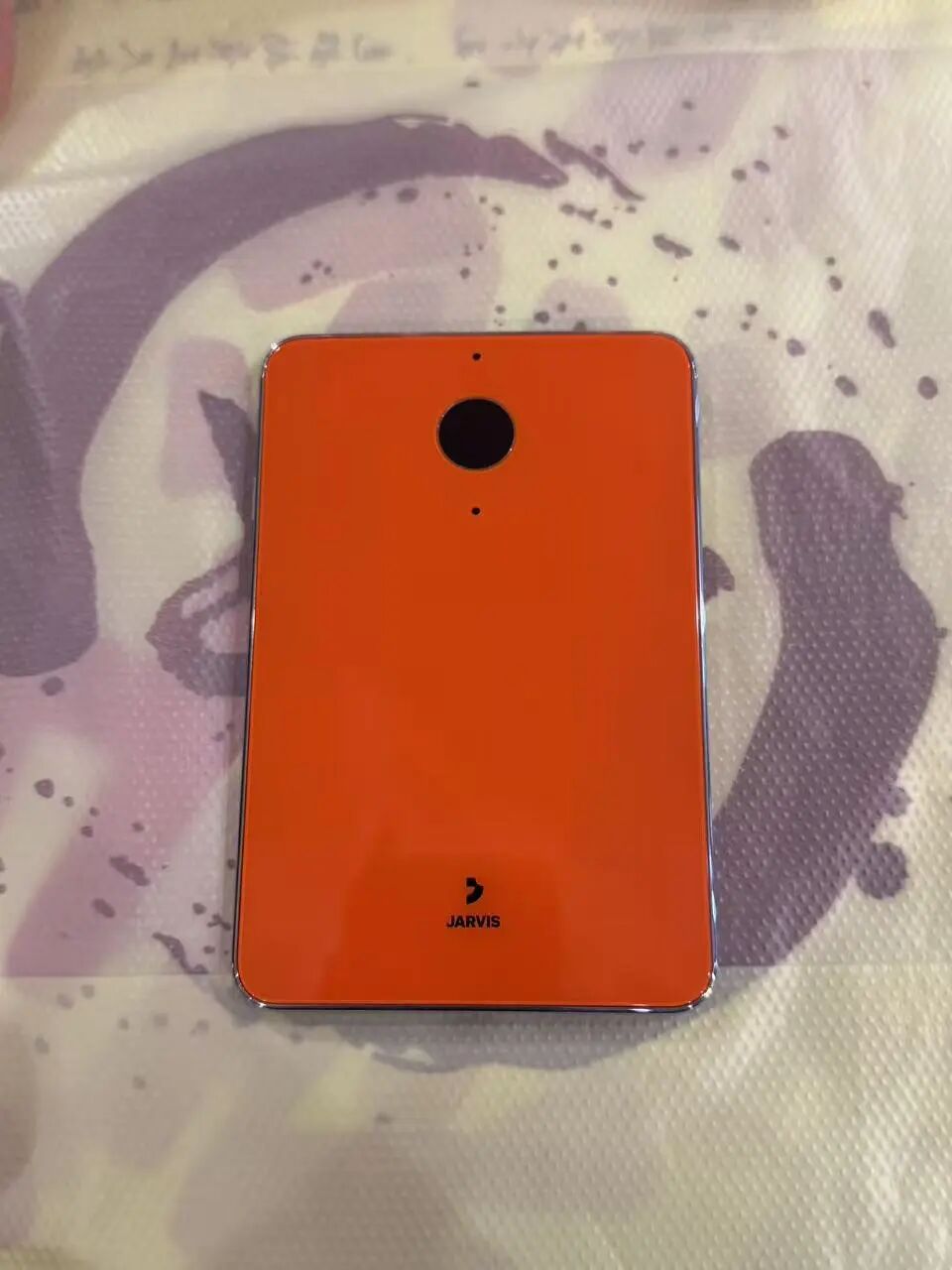
The back of the product features the 'JARVIS' logo. In January 2025, Thin Red Line launched a beta version of an AI assistant software called 'Jarvis1 Assistant' overseas. This product integrates multiple functions such as voice interaction, task management, and intelligent search, with an interface design that inherits the classic 'skeuomorphic' style of Smartisan phones, exuding a strong 'Smartisan flavor.'
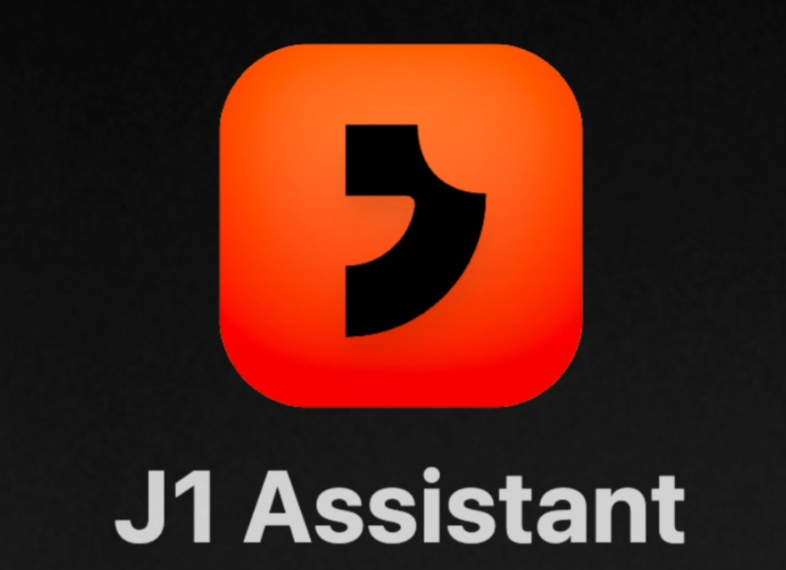
▲ The J1 Assistant App icon matches the exposed hardware icon.
It is reported that this AI smart card, named JARVIS, features a double-sided glass design and a slim profile (coincidentally similar to the iPhone Air), offering a pleasant tactile experience. The large circular area on the back serves as a fingerprint recognition zone; pressing and holding it can unlock the device and activate voice commands. The two small holes above and below the circle are microphones for sound reception. The side of the device includes a power button, a Type-C charging port, and a speaker.
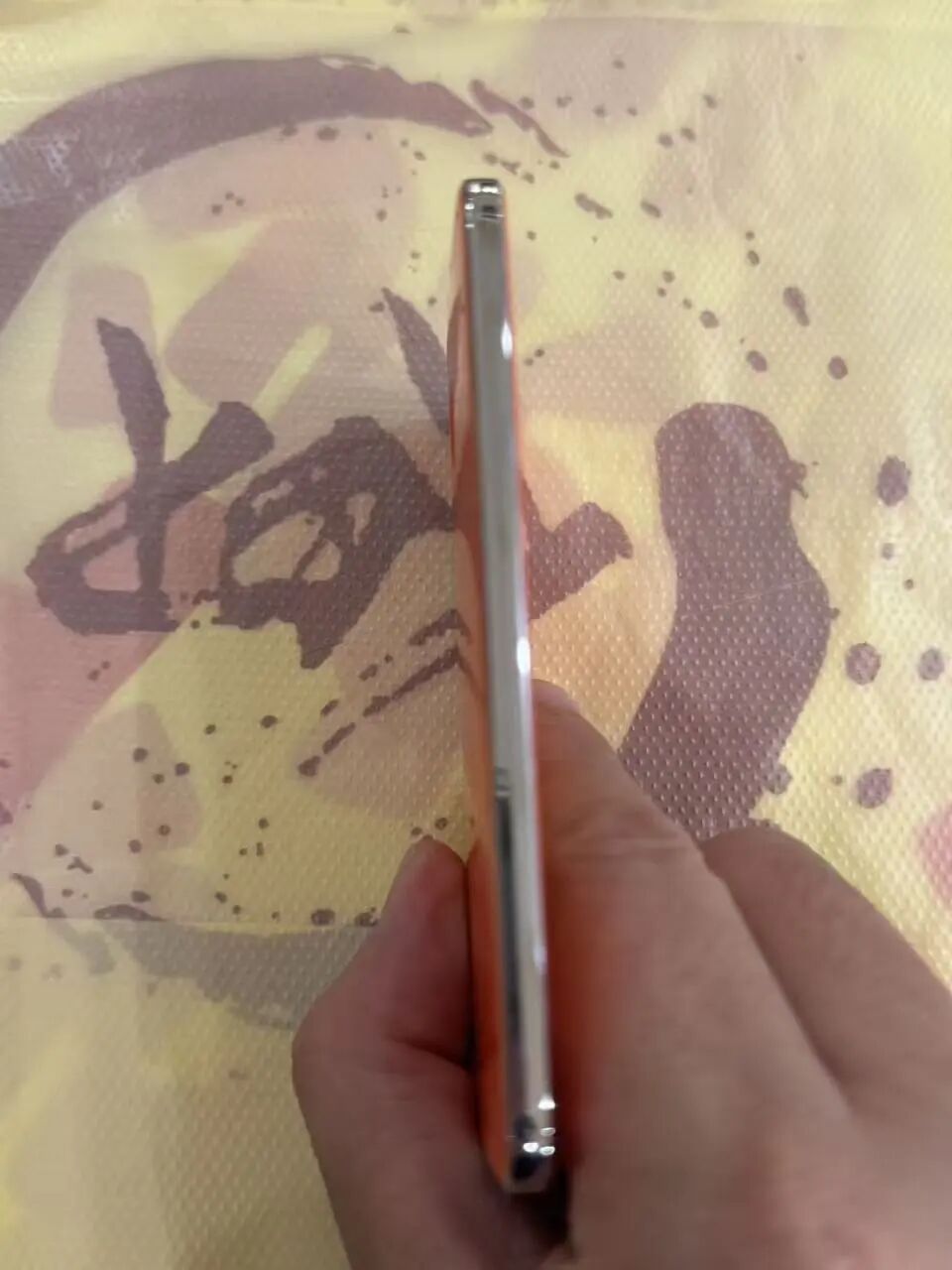
Although it resembles Plaud in form, JARVIS is positioned differently from products like Plaud. It is not a portable AI recorder but can be understood as a 'phone' without a screen that runs AIOS independently. JARVIS can connect to a phone via Bluetooth but does not primarily focus on recording functions, nor can it be attached to the back of a phone like Plaud.
Luo's core objective remains to build an AIOS that runs on mobile phones. However, he faces challenges as 'app permissions are constrained, preventing system-level command,' and phone manufacturers are unwilling to grant dedicated system-level permissions to app developers.
During a Weibo interaction with netizens, Luo quoted computer pioneer Alan Kay, saying, 'People who are serious about software make their own hardware.'
To better build AIOS, Luo developed this JARVIS card-sized device, with the true goal perhaps being to create a soft-hard integrated AI ecosystem: by deeply integrating AI applications like J1 Assistant through a self-developed AI operating system (AIOS) and ultimately providing a complete experience through a customized AI hardware device.
At the AGI Playground hosted by Geek Park, when Geek Park founder Zhang Peng inquired about the AI products Luo was working on, Luo maintained that it was still confidential and couldn't be discussed. However, during the subsequent discussion, Luo couldn't resist sharing some details. According to Luo, Thin Red Line is currently leveraging AI to enhance email efficiency, such as sending and receiving emails, interpreting and replying to email content. In other words, Luo's current primary focus for AI applications on JARVIS is to use AI for email sending, summarizing, content interpretation, and replies. Subsequently, they plan to explore using AI for task management, setting reminders, IM, ordering coffee, office work, until the JARVIS AI assistant can handle mainstream mobile phone application scenarios.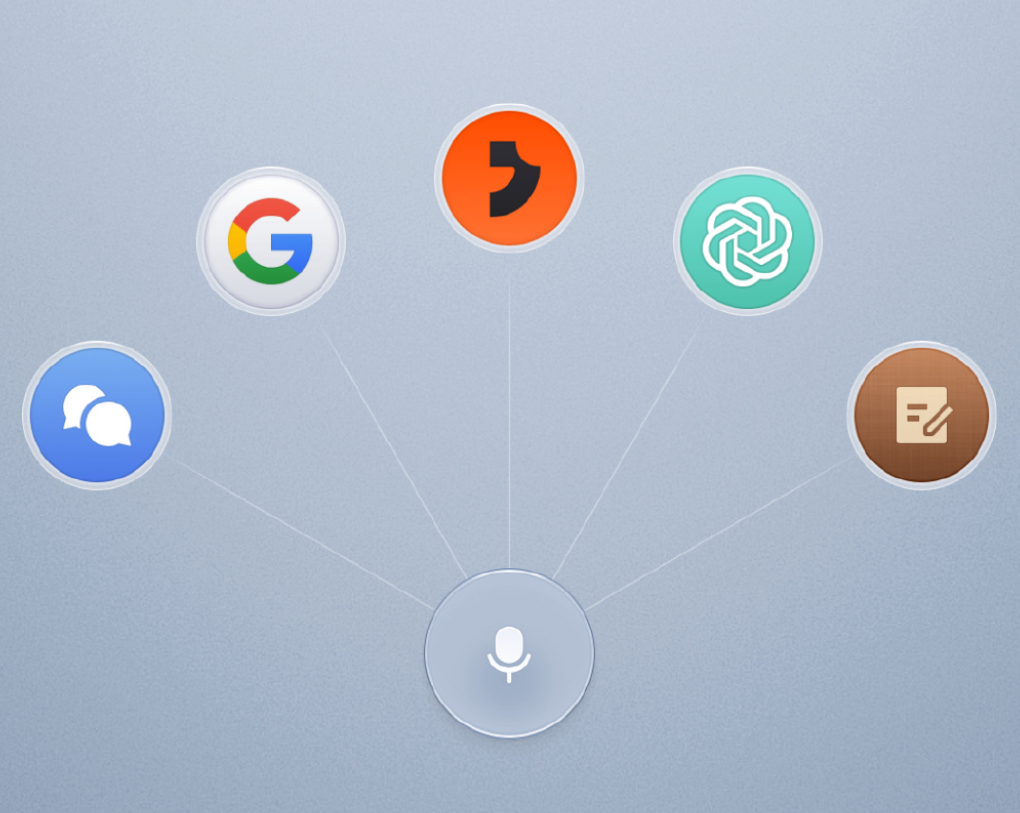
It is reported that Thin Red Line has nearly exhausted its $50 million in funding, leaving only the software team responsible for AIOS R&D. However, progress has been slow and below expectations, with repeated delays in the release date. Luo is known for creating buzz through conflicts to attract attention and traffic. As Luo himself said, 'Our pure software solution might be launched in two or three months, so I'm out here showing off again to prepare for its release.' This teaser approach will undoubtedly save significant marketing expenses for Thin Red Line's yet-to-be-officially-released AI hardware. Luo's recent surge in online activity has sparked curiosity; one wonders if it's to hype up this product, though it's also possible he has completely abandoned the project and is letting loose. We look forward to more insights from those in the know.

